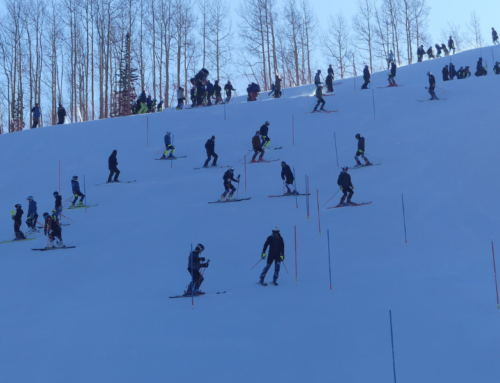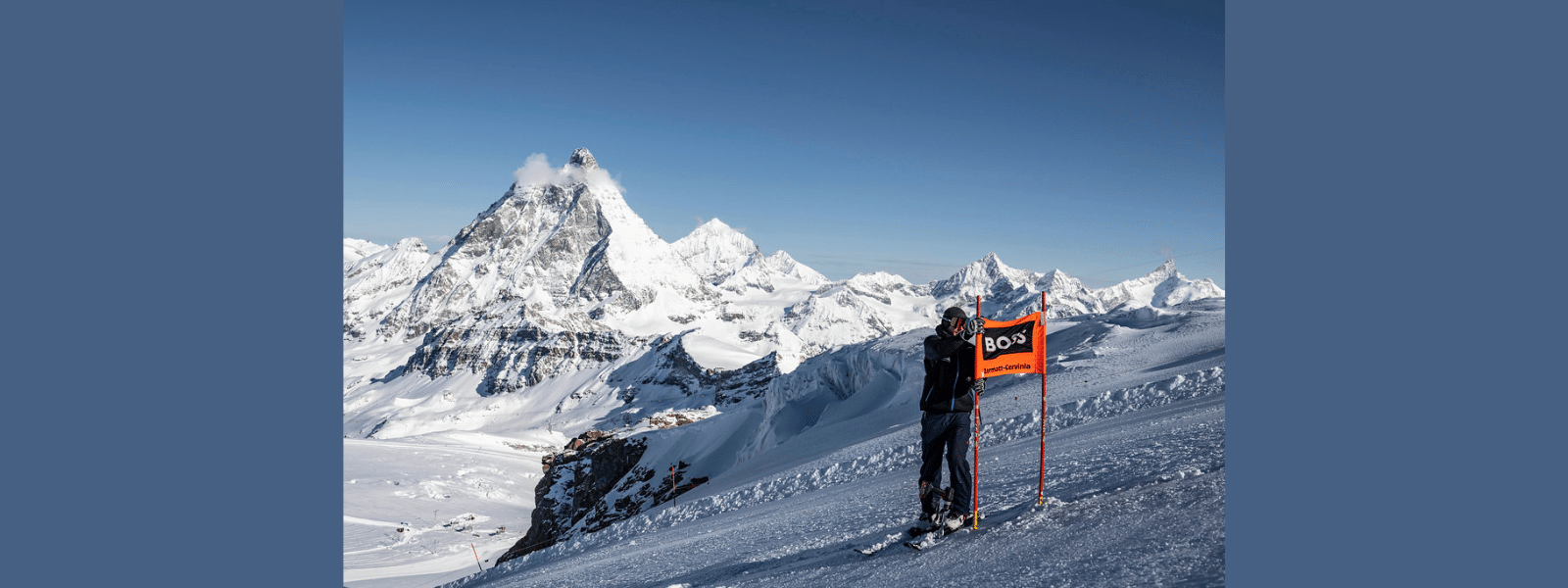Daron Rahlves and teammates hit the wind tunnel
Daron Rahlves and teammates hit the wind tunnel{mosimage}CHEEKTOWAGA, New York (AP) — Skier Daron Rahlves was going nowhere fast Monday.
His skis strapped to a platform while a 70 mph wind blasted around him, Rahlves used a research facility’s wind tunnel to test his form and equipment for aerodynamics, each bend of the knees or shift of the head sending numbers on a screen in front of him up or down.
The lower the number, the lower the drag — and the higher the chance of success on the slopes.
“All I know is you shave off a few pounds (of drag)…it’s going to make a difference and every little difference counts,” said Rahlves, who was edged out of a World Cup victory in the Hahnenkamm super-G by just two-hundredths of a second in January.
“That’s what our sport comes down to,” Rahlves said after spending about six hours Sunday and an hour Monday inside the glass-enclosed tunnel at Calspan Corp.
Rahlves was among a handful of U.S. Alpine ski team members to make the trip to Buffalo on Lake Erie on the way to the 2006 Olympics in Italy. Skiers have been training at the facility here, which also houses high-speed tunnels used by the military and NASA, since the early 1980s.
Overall World Cup champion Bode Miller trained at Calspan last year. Two-time women’s World Cup downhill champion Picabo Street spent time in the tunnel before winning her Olympic super G title in Japan in 1998.
“It’s different on snow because there are so many variables,” U.S. alpine director Jesse Hunt said. “What this does is just gives us reading on aerodynamics, so we can just focus on aerodynamics.”
On the snow, a skier’s talent and other conditions figure into times. In the tunnel, skiers can detect the slightest differences the shape of a helmet, bend of the poles or fabric of their suit might make.
“It’s pretty amazing the stuff you find out,” said Rahlves, who discovered he could reduce drag with a slight adjustment of his suit around his boot.
“It was a lot more powerful than I expected,” teammate Steve Nyman said after his first session in the tunnel, first without poles, then with, and hunching into a low tuck from a raised position.
Nyman watched the measurements fluctuate from position to position, letting him know the most aerodynamic way to hold his body.
“Now it’s a matter of making it habitual,” he said.
Dr. Michael Holden works with Calspan to train the skiers, getting into the cramped tunnel with them or feeding suggestions over a microphone. His day job has him working with winds of 4,800 to 21,000 kph (3,000 to 13,000 mph), on space shuttle re-entry and other government work on the Calspan campus.
“The most important thing is to work with the athlete for him to discover how to optimize the various positions relative to the skiing,” said Holden, who has also worked with Olympic luge and skeleton sliders and speed skaters.
-The Associated Press





















